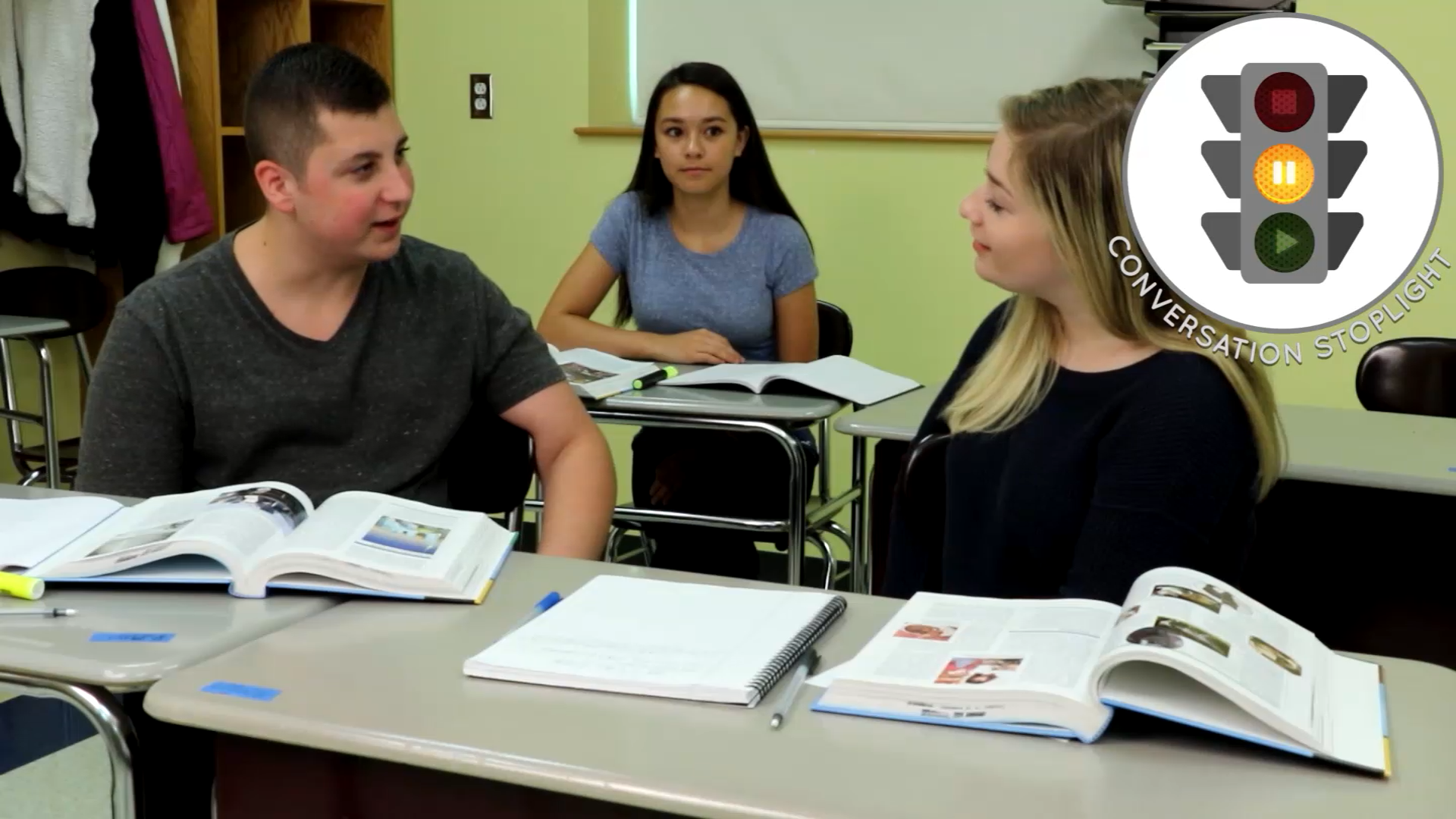
Introduction
The ability to successfully join a conversation is an essential social skill for students. This blog post introduces the Conversation Stoplight, a practical tool designed to help elementary students understand when it’s the right time to join a conversation. By using this tool, students can improve their communication skills and develop better relationships with their peers.
No-Prep Activity
To practice using the Conversation Stoplight, try this simple, no-prep activity with your students. Begin by explaining the concept of the Conversation Stoplight:
- Red Light: Someone is about to talk or is in the middle of talking. It’s not a good time to start talking.
- Yellow Light: There’s a pause in the conversation, but it’s unclear if someone is about to speak. Wait and observe.
- Green Light: There’s an opening in the conversation, and it’s a good time to join in.
Next, have your students pair up and practice having a conversation. One student will be the speaker, and the other will be the listener. The listener should practice using the Conversation Stoplight to determine when it’s appropriate to join in. Switch roles after a few minutes, and then discuss as a class how using the Conversation Stoplight helped improve their conversation skills.
Discussion Questions
- How did using the Conversation Stoplight help you determine when to join the conversation?
- What challenges did you face while trying to find the right time to join in?
- How do you think using the Conversation Stoplight can help improve your relationships with your peers?
- How can you apply the Conversation Stoplight concept in other social situations?
- Why is it important to wait for the right time to join a conversation?
Related Skills
In addition to the Conversation Stoplight, there are other important social-emotional learning skills that can help students improve their communication and relationships with their peers. Some of these skills include:
- Active listening: Paying full attention to the speaker and showing empathy and understanding.
- Nonverbal communication: Using facial expressions, gestures, and body language to convey meaning and emotions.
- Conflict resolution: Identifying and resolving disagreements in a constructive manner.
- Empathy: Understanding and sharing the feelings of others.
- Respect: Treating others with kindness and valuing their opinions and feelings.
Next Steps
The Conversation Stoplight is just one of many valuable tools and skills that can help students develop strong social-emotional learning abilities. To explore more resources and activities, sign up for free samples of these skills and others at Everyday Speech.

